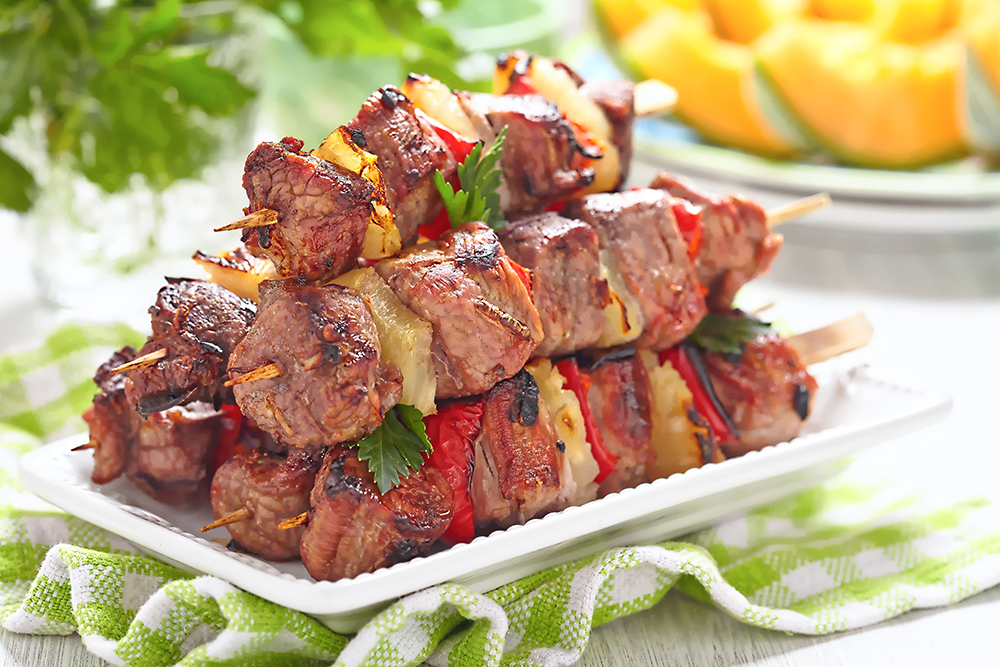How Protein Can Help You Lower Your Setpoint Weight

One of the most common questions people ask when they are trying to lower their setpoint weight is: “How much protein should I be eating?” It’s a great question and one that can have a huge impact on your setpoint weight. So, let’s dig in and find out exactly how you can use protein the right way to lower your setpoint weight.
We all have friends or co-workers who were temporarily successful with a diet they followed. They can’t say enough about what they did or didn’t eat, swearing it will work for you too. A few will insist all it takes is eating less, while others swear the secret to losing weight is low-fat foods, and some even preach about the benefits of a high-fiber diet. So, who do you believe?

What are proteins, and why do I need them if I’m trying to lower my setpoint weight?
Forget what you learned years ago in Home Economics class. Thanks to scientific research, we now know that counting calories is a waste of time. What was true then isn’t necessarily the truth now.
So, what exactly is a protein, and why is it important? According to the National Institutes of Health, a protein is a macronutrient consisting of essential amino acids necessary for strengthening our immune system. Proteins are also essential for the processes responsible for generating energy and carrying oxygen throughout the body.
Equally as important, protein has a satiety effect on our bodies. In other words, instead of feeling hungry an hour later, our body remains satisfied because of the protein we ate. It is also what our bodies use to build lean, toned, calorie-hungry muscle that helps to keep us feeling young.
Is protein necessary for resetting your setpoint weight?
As you already know, setpoint weight is a range of 10 to 20 pounds that your body strives to maintain. Everything you eat determines your body’s setpoint weight. Without protein, you’re going to feel run down, under the weather, and out of sorts. This is often why calorie-restricted diets make you feel sick! So, it makes perfect sense that protein is going to affect your setpoint weight. But it’s a guessing game unless you know the principles that affect your setpoint weight; will it be a positive or negative effect based on the quantity of protein you add to your diet? Going SANE helps to remove the guesswork, giving you simple tools you can use in real life to ensure each choice you make helps to lower your setpoint.
Changing your setpoint weight doesn’t happen overnight, and there is no magic pill you can take and wake up skinny. It’s a process, just like anything else, but a lot less frustrating. SANE believes in ‘Progress, not perfection’.
Enjoy long-term weight loss by resetting your setpoint weight
Unless you successfully adjust your body’s setpoint weight, you’ll continue to feel as if you’re riding the ‘Diet Rollercoaster’. The ups and downs of diets you’ve tried in the past can even raise your setpoint weight.
It’s time to put protein to work for you, lower your setpoint weight, and transform yourself in a way that isn’t harmful. It is more than possible to lose those extra pounds and, most importantly, keep them off.
To learn more about how protein fits into a SANE slimming lifestyle, please read this article:
If you’re eager to start your journey to a lower setpoint weight, you can begin by filling out a short questionnaire. This Setpoint Risk Score is the first step to lowering your setpoint weight. Click here to get started.






